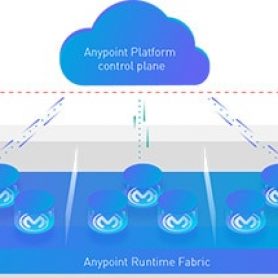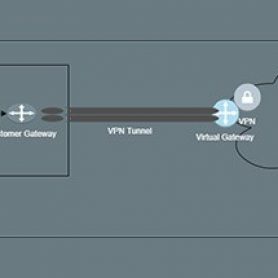How to use Object Store v2 to create a virtual Tic-Tac-Toe game
Sravan Lingam is a MuleSoft Ambassador and Sr. MuleSoft Developer at Virtusa. He spoke at the Developer Meetup during MuleSoft CONNECT:Now JAPAC. Below, he
How to be a matchmaker using DataWeave and regular expressions
In this blog, we’ll look at how a regular expression (regex) can give you the power to transform text in your DataWeave programming. When
How to review concatenation functions in DataWeave 2.0
Contrary to what most developers believe, there are different ways to achieve concatenation in DataWeave 2.0 for several data types. While the most popular
How to deploy Anypoint Runtime Fabric in Oracle Cloud
Anypoint Runtime Fabric is a container service that automates the deployment and orchestration of Mule applications and API gateways. Runtime Fabric runs within a
4 ways to externalize MuleSoft logs to the Elastic Stack
The former Netflix Architect Allen Wang posted back in 2015 on SlideShare: “Netflix is a logging company that occasionally steams video.” Five years ago,
How to untie multilevel structures with DataWeave recursive calls
It's rare for developers to work with flat data structures — instead we often work with multilevel data structures. Normally, XML uses multiple layers
Setting up Anypoint VPN with Google Cloud Platform
There are a variety of ways to establish connectivity between Anypoint CloudHub workers and systems deployed on backend customer-hosted or vendor-managed data-centers. One of
How to write curried functions in DataWeave
One of the most valuable characteristics of DataWeave is that it is a functional programming language. This means it is dynamically able to solve
How to break data silos: an example using Salesforce and Procore
Delivering rich and consistent experiences to stakeholders and customers is one of the objectives of digital transformation. Data provides context and enables business processes
Installing Runtime Fabric on a local PC
Anypoint Runtime Fabric is a container service that automates the deployment and orchestration of Mule applications and API gateways. Runtime Fabric runs within a























